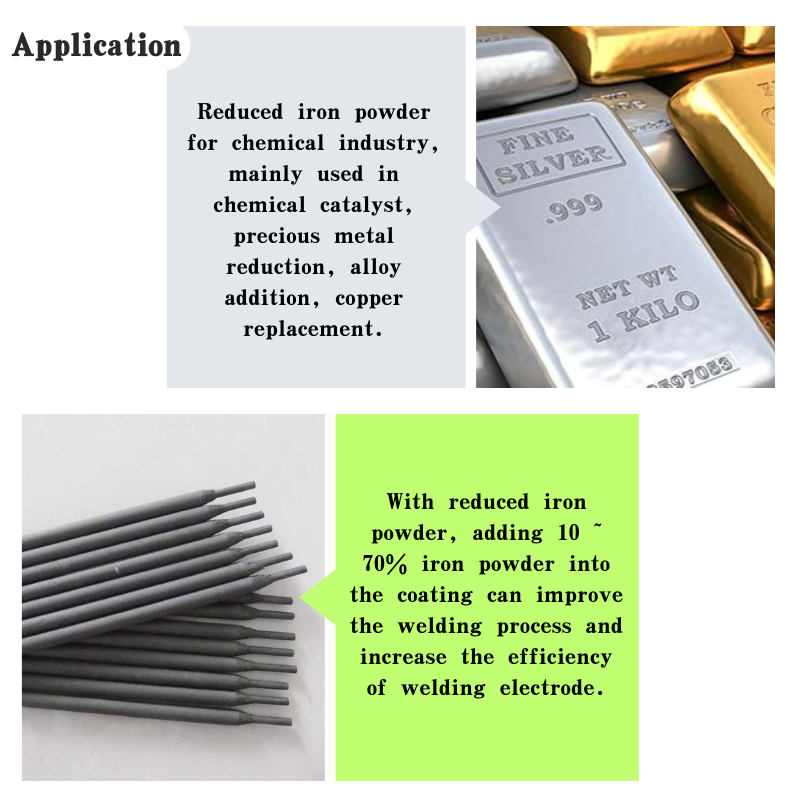
Exploring Different Types of Volcanoes and Their Unique Characteristics and Eruptive Behaviors
Exploring Volcanic Types Understanding Earth's Fiery Giants
Volcanoes are one of the most fascinating and dynamic geological features on our planet, playing a critical role in shaping the Earth's surface, atmosphere, and even climates over geological timescales. The classification of volcanoes can be understood in various ways, but one of the most common methods is based on their shapes, eruptive styles, and the materials they erupt. This article will explore the primary types of volcanoes shield volcanoes, stratovolcanoes, cinder cone volcanoes, and fissure vents.
Shield Volcanoes
Shield volcanoes are perhaps the most visually striking type of volcano. They are characterized by their broad, gently sloping sides, resembling a warrior’s shield laid on the ground. This shape results from the eruption of low-viscosity basaltic lava that can flow over great distances. Mauna Loa and Mauna Kea in Hawaii are prime examples of shield volcanoes, where the eruptions are generally non-explosive and can produce vast lava fields. The activity of shield volcanoes, while usually less destructive than that of other types, can still result in significant changes to landscapes and ecosystems, especially when eruptions occur on a large scale.
Stratovolcanoes
Stratovolcanoes, also known as composite volcanoes, are characterized by their steep, conical profiles, formed from alternating layers of lava flows, ash, and volcanic rocks. These volcanoes are often associated with more explosive eruptions, primarily due to the higher viscosity of their magma, which is typically andesitic or rhyolitic in composition. Mount St. Helens in Washington State and Mount Fuji in Japan are classic examples of stratovolcanoes. The eruptions of stratovolcanoes can be highly dangerous, producing pyroclastic flows and ash clouds that can devastate nearby areas and affect air travel over great distances.
volcanic types

Cinder Cone Volcanoes
Cinder cone volcanoes are the simplest type of volcano, characterized by their small size and steep slopes. They are formed from the accumulation of volcanic debris, such as volcanic ash, tephra, and small lava fragments ejected during explosive eruptions. These materials fall back to the ground around the vent, creating a circular or oval-shaped hill. Paricutin in Mexico is a well-known example of a cinder cone volcano that erupted suddenly in a farmer's field in 1943. Due to their relatively small size and brief eruption cycles, cinder cone volcanoes often demonstrate short-lived but intense eruptive behaviors.
Fissure Vents
Fissure vents represent a unique type of volcanic activity, where lava erupts from long cracks or fissures in the Earth’s crust rather than from a single central vent. These types of eruptions can release vast quantities of lava over broad areas, contributing to the formation of extensive plateaus or lava fields. The East Rift Zone of Kilauea in Hawaii is one of the most active examples of fissure vent eruptions. While fissure eruptions can be less visually dramatic than those from stratovolcanoes, they can lead to significant geological changes over time.
Conclusion
Understanding the different types of volcanoes is essential for assessing volcanic hazards and predicting eruptions. Each type of volcano presents unique characteristics and hazards, influencing the surrounding environment and human activities. As scientists continue to study these geological giants, their work will not only deepen our understanding of volcanic processes but also improve our ability to mitigate risks associated with volcanic eruptions. The beauty and power of volcanoes remind us of the dynamic nature of our planet, illustrating the interplay between earth, fire, and water in the grand geological theater.
Share
-
Premium Pigment Supplier Custom Solutions & Bulk OrdersNewsMay.30,2025
-
Top China Slag Fly Ash Manufacturer OEM Factory SolutionsNewsMay.30,2025
-
Natural Lava Rock & Pumice for Landscaping Durable Volcanic SolutionsNewsMay.30,2025
-
Custom Micro Silica Fume Powder Manufacturers High-Purity SolutionsNewsMay.29,2025
-
Custom Mica Powder Pigment Manufacturers Vibrant Colors & Bulk OrdersNewsMay.29,2025
-
Custom Micro Silica Fume Powder Manufacturers Premium QualityNewsMay.29,2025






